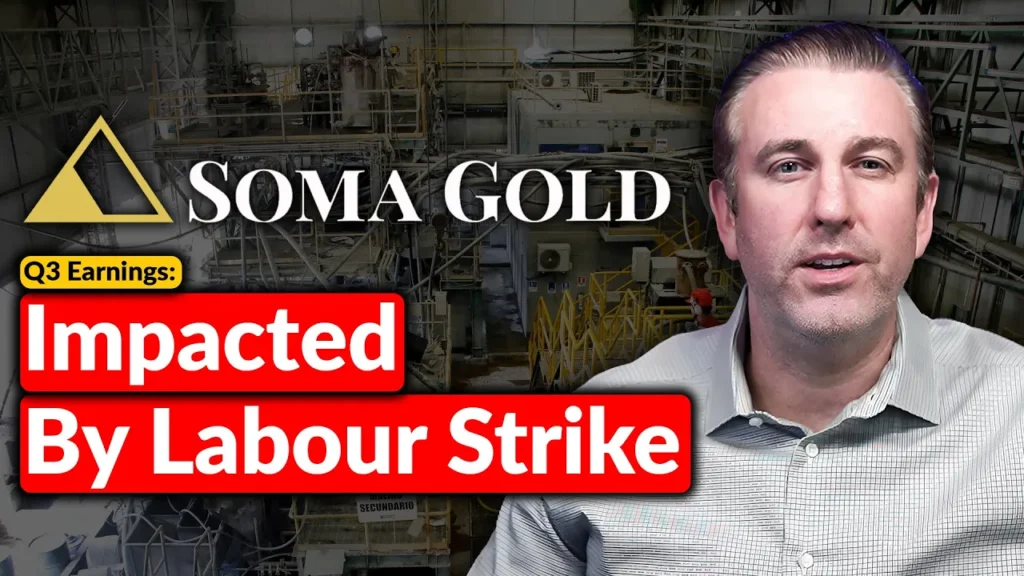US bankruptcy courts processed 542,529 cases during the year ending June 30, an 11.5% spike that reflects growing financial strain across the economy and represents a sharp reversal from recent lows, new federal data reveals.
The sharp increase signals growing economic distress, as elevated borrowing costs, persistent inflation, and tightening credit force both businesses and consumers to navigate increasingly difficult financial terrain.
The volume is a sharp contrast to the 380,634 filings courts recorded in June 2022, when cases hit their deepest trough in over a decade as pandemic-era government aid programs kept struggling companies and individuals afloat.
Corporate bankruptcies hit 23,043 this period, up 4.5%, while consumer cases climbed 11.8% to 519,486, federal court administrators reported. The corporate surge is particularly notable, with 2024’s 694 company bankruptcies representing the most since 2010, indicating potential broader economic weakness ahead.
The acceleration became more pronounced early this year, with March data showing a 13.1% annual increase. Corporate restructuring cases under Chapter 11 grew particularly fast, posting a 22% first-quarter increase as companies scrambled to reorganize mounting debts.
The bankruptcy surge serves as a real-time indicator of economic stress that traditional metrics often miss, capturing the human cost of monetary policy shifts and trade policy uncertainty. Unlike unemployment data or GDP figures, bankruptcy filings reflect the accumulated financial damage from months or years of economic strain.
Rising borrowing costs, which jumped from near-zero during the pandemic to current elevated levels, have created refinancing challenges for debt-heavy businesses. Many companies that survived the pandemic by taking on emergency loans now face tighter lending standards as cautious lenders reassess risk following last year’s banking sector stress.
How is Trump worse for the economy than a global pandemic that killed 20 million people https://t.co/sWDxfAl0hw
— evan loves worf (@esjesjesj) August 19, 2025
Trade policy uncertainty also appears to be a significant factor in the bankruptcy wave, with restructuring professionals closely monitoring tariff impacts across multiple sectors. Auto supplier Marelli Holdings blamed tariffs for its bankruptcy in June, while analysts cite “uncertainty from US tariff policy” as pressuring both costs and supply chain resilience.
Tariffs on Chinese goods and other imports like steel and aluminum have raised costs for American businesses that rely on those materials and components, with many companies passing those costs onto consumers through higher prices. This creates a cascading effect where businesses face both higher input costs and reduced consumer purchasing power.
Small business bankruptcies surged 30% in July alone, with industry experts warning that not every company can absorb the higher costs from tariff policies. The cycle that begins with tariffs making everything more expensive can end with “layoffs, bankruptcies, and higher prices for the survivors’ customers”.
The increase in consumer bankruptcy reveals not only economic pressures but also evolving demographic patterns. Older Americans now account for a dramatically larger share of personal filings, with those 65 and above representing 18.7% of bankruptcy cases as of 2022, compared to just 4.5% in 2001. This shows how inflation has created particular hardship for retirees on fixed incomes, who face rising medical expenses and housing costs that often exceed Social Security cost-of-living adjustments.
Agricultural producers face a double burden from trade policies, with farm bankruptcies doubling in 2024 as tariffs elevate global trade tensions. Farmers report increased difficulty planning ahead due to uncertainty around prices and markets, compounding already challenging conditions from low net farm income and cooling farmland values.
Manufacturing and automotive sectors show particular vulnerability, with their reliance on imported parts and materials making them especially susceptible to tariff-related cost increases. Bankruptcy professionals expect the automotive, alternative energy, retail, and casual dining industries to become hot spots for financial distress due to these supply chain pressures.
While current filing levels represent a significant increase from pandemic lows, they remain well below the peak of the financial crisis, when courts processed nearly 1.6 million cases in September 2010. However, bankruptcy experts note that today’s economic pressures differ markedly from the mortgage-driven crisis of 2008-2009.
The current trajectory reverses more than a decade of steady decline that began after the financial crisis, when annual filings gradually subsided as the economy recovered and credit standards tightened.
Related: Trump’s Nominee For Labor Statistics Wants To Suspend Monthly Jobs Report
Court administrators track these figures as key indicators of economic health, releasing comprehensive reports each quarter that cover rolling 12-month periods. The next major data release, covering the third quarter of 2025, will provide crucial insight into whether the upward trend is accelerating as the Federal Reserve weighs future interest rate decisions.
Information for this story was found via the sources and companies mentioned. The author has no securities or affiliations related to the organizations discussed. Not a recommendation to buy or sell. Always do additional research and consult a professional before purchasing a security. The author holds no licenses.









